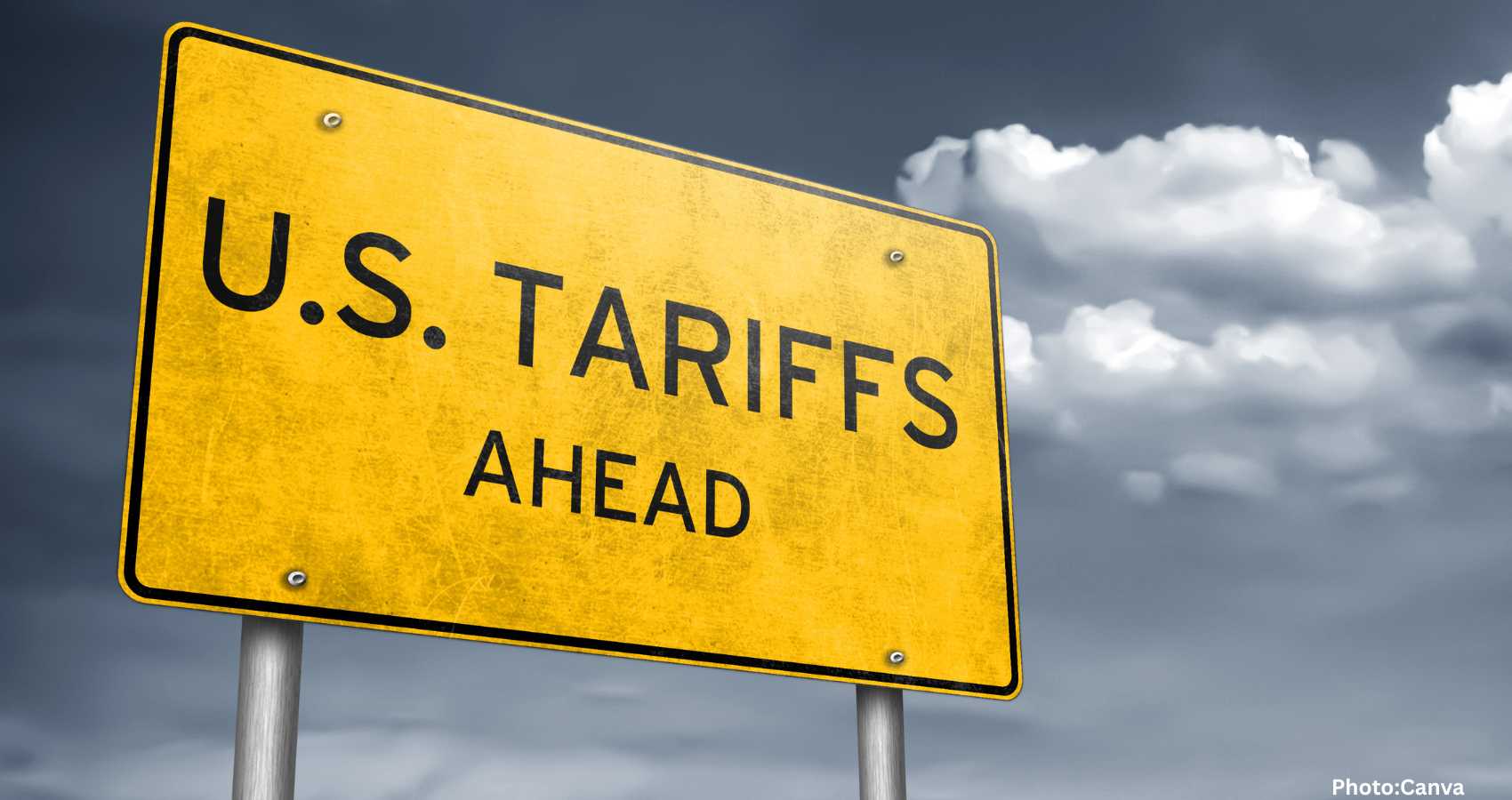President Donald Trump sent out new tariff rate letters last week to over two dozen countries, but notably omitted India, Taiwan, and Switzerland, signaling potential trade agreements may soon be formalized with these nations.
President Donald Trump recently dispatched letters to over 24 countries, detailing their new tariff rates and categorizing them as “trade deals.” However, India, Taiwan, and Switzerland, which did not receive any letters, are believed to be nearing potential agreements, with announcements possibly coming in the next few weeks.
Trump has previously hinted that an agreement with India is on the horizon, although specifics are still being finalized. Former officials familiar with U.S.-India trade relations interpret the absence of a letter as positive, suggesting that receiving one could have offended the Indian government, potentially disrupting a nearly concluded agreement between the two nations.
According to Mark Linscott, a former negotiator for the U.S. Trade Representative’s Office, “The letters are pretty aggressive and direct.” He explained that India might perceive such a letter as disrespectful unless it recognized the progress made in negotiations, thus derailing talks.
On Tuesday, Trump reiterated the possibility of a deal with India, assuring reporters that “we’re going to have access into India.” Despite this, the Indian embassy in Washington chose not to comment.
India’s trade delegation, led by Rajesh Agrawal, chief negotiator and special secretary in the Department of Commerce, arrived in Washington on Monday, rekindling hopes of an imminent trade deal. India stands as the largest U.S. trading partner among the nations subjected to Trump’s reciprocal tariffs but not served a letter. The European Union, South Korea, Japan, Canada, and Mexico, among others, have received threats of tariffs between 25 and 35 percent effective August 1.
This intense round of trade negotiations occurs amid sensitive economic conditions in the U.S. The Bureau of Labor Statistics reported Tuesday that the Consumer Price Index rose by 2.7% in June over the previous year, up from 2.4% in May, raising concerns that Trump’s higher tariffs might be inflating prices. This scenario has fueled worry among economists and the business community that trade uncertainties are adversely impacting the broader economy.
Alongside the impending August 1 deadline for instituting substantial tariffs on a multitude of countries, Trump is also contemplating additional tariffs unrelated to prior discussions, potentially complicating ongoing trade talks.
Trump has expressed dissatisfaction with the group of emerging market nations known as BRICS, which includes India. The president is considering a 50 percent tariff on Brazil due to the bloc’s recent initiatives to distance from the dollar as the global standard. He has also threatened a 10 percent tariff on all BRICS countries and even a 100 percent tariff on nations purchasing oil and gas from Russia amid the ongoing war in Ukraine. Notably, India is the second-largest importer of fossil fuels from Russia.
The initial agreement expected between India and the United States is seen as the first stage of a more all-encompassing trade deal anticipated by fall. In Trump’s administration, no deal is deemed complete until the president officially confirms it, as indicated by his last-minute intervention in a recent agreement made with Vietnam.
Lisa Curtis, former deputy assistant to the president and senior director for South and Central Asia on the National Security Council, remarked, “This is Trump. Until everything is signed, sealed, and delivered, there’s going to be a certain amount of nervousness.”
An unnamed White House official disclosed that currently, no additional tariff letters are being prepared, although they noted the situation remains “fluid.”
India began trade talks with the U.S. in February when Trump unveiled his ambitious global trade restructuring agenda. Despite the president’s ongoing discussions about mediating peace between India and Pakistan earlier this year complicating relations, the hope is still alive for a deal that Prime Minister Narendra Modi can present domestically.
In a previous administration, Trump nearly finalized a bilateral trade agreement with India akin to those negotiated with Japan and South Korea. However, the deal fell apart over disagreements on agricultural disputes and other contentious issues. Linscott noted, “India has put a heck of a lot on the table, particularly with respect to tariffs.”
Similar to India, Taiwan and Switzerland, which also conduct significant trade with the U.S. and didn’t receive letters, are in negotiations aimed at evading high “reciprocal” tariffs and those affecting vital sectors like Taiwan’s semiconductor and Switzerland’s pharmaceutical industries. Both countries have made substantial foreign investments in the U.S., including Taiwan Semiconductor Manufacturing Company’s $165 billion investment in semiconductor production in Arizona.
Notably, a list of 36 nations not receiving letters includes smaller countries with limited U.S. trade but still facing enormous tariff hikes. Trump previously lowered the steepest tariff rates for countries like Cambodia and Laos, but it’s uncertain if he will extend similar reductions to nations like Madagascar (47 percent), Mauritius (40 percent), or Lesotho, which currently faces a 50 percent tariff, the same punitive rate expected for Brazil.
An official from Paraguay expressed “relief” that the country hadn’t received a letter, though they couldn’t ascertain why their nation was spared while others were not. “There is no pattern still,” remarked the official. “All those countries have been involved in trade talks and controversies with the USA.”
The official lamented, “It is bad for everyone. We worked hard for so many years to have a trading system predictable and rules based,” emphasizing that the current situation reflects the opposite.
For countries like India not receiving letters, reaching substantive agreements seems more plausible.

